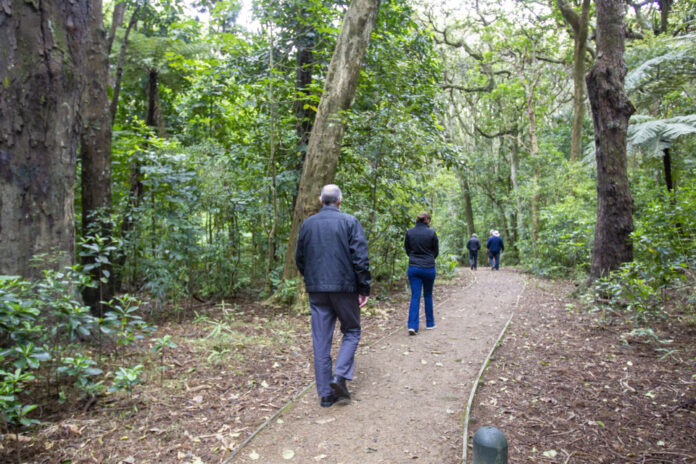Source: Auckland Council
Urban tree cover made up around 14 per cent of the Papakura Local Board area in 2018.
That was 1 per cent higher than it was in 2013, but also 1 per cent behind the 15 per cent target set by Auckland Council’s Urban Ngahere programme.
The board has adopted the Papakura Urban Ngahere Analysis Report, which responds to changes in tree canopy cover and its potential climate change impacts.
Board chair Brent Catchpole says although it is a small gain, it is a step in the right direction.
“The strategy’s target is 30 per cent canopy cover across all boards by 2050,” he says.
“To help make that happen we funded a ‘knowing’ phase that involved analysis of our urban tree cover. It shows our coverage is low compared to averages across the region and that 1 per cent below the minimum 15 per cent target.
“It is evident that we will have to do more, not only to protect what we have, but to continue increasing canopy cover in the long-term, which will require a concerted effort to plant new specimen trees every year.”
The analysis report also identifies factors that influence tree cover.
Papakura has an unusually high amount of land in private ownership at 72 per cent, just 94 notable trees across the area, and a much higher concentration of tree cover in the eastern part of the board area.
“That’s going to be a challenge for us going forward,” Catchpole says. “It is never going to be equally spread because of the presence of more built-up land in some areas, and forested parks in others, but we would like to see widespread tree canopy cover.”
On the positive side, Papakura is the only board area with 1 per cent of its canopy coverage made up of trees more than 30 metres high.
All local boards were offered the opportunity to invest in area specific Urban Ngahere work programmes.
Papakura’s ‘knowing’ phase involves establishing an accurate analysis report with recommendations for future actions.
The next stage is the ‘growing’ phase, which involves a number of activities including annual tree plantings to address areas of low tree cover, including the development of a long-term action plan.
The third stage is ‘protecting’.



